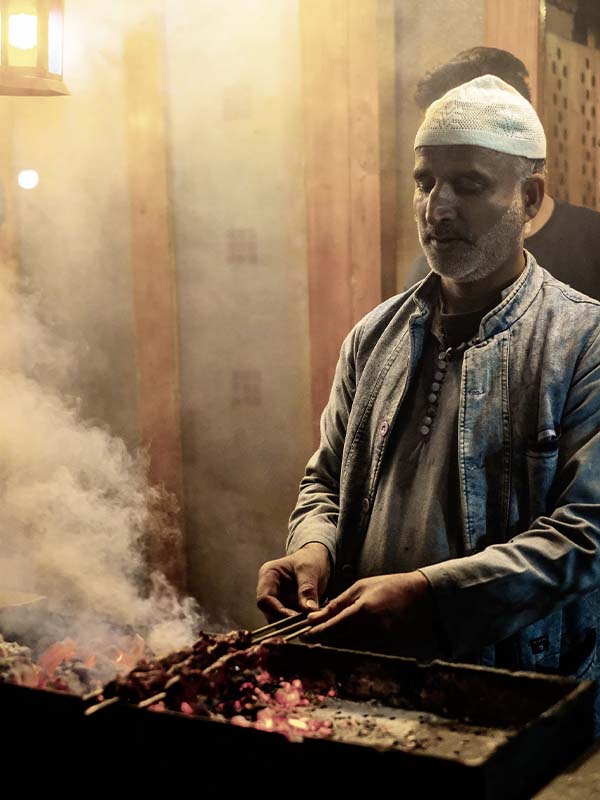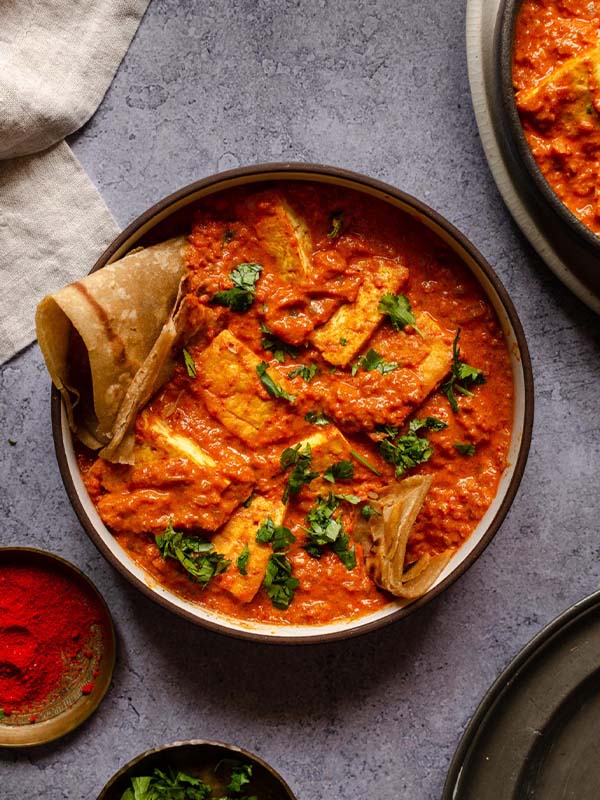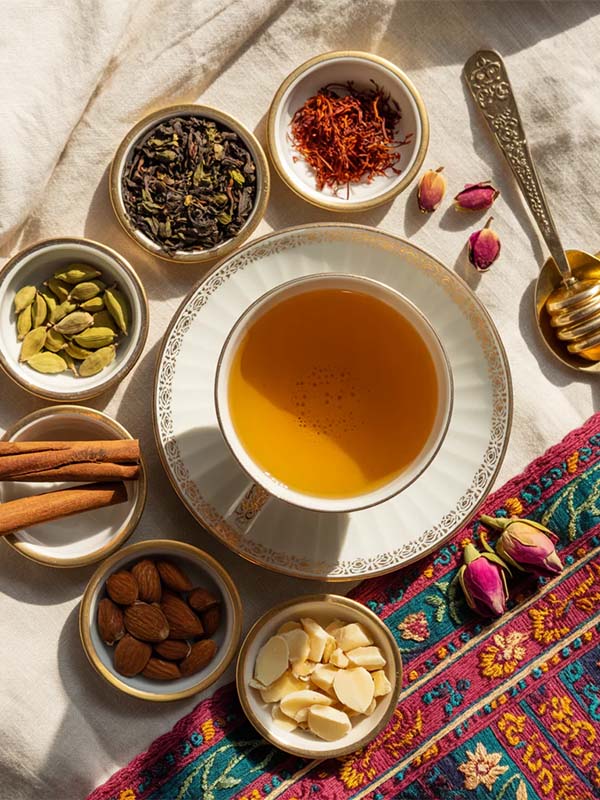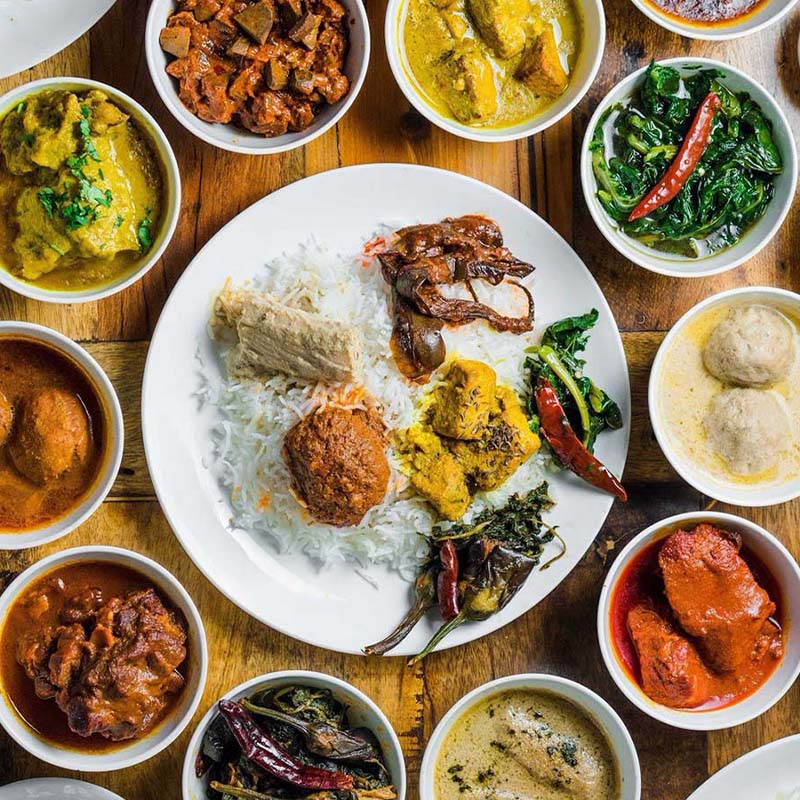Kashmir: A Feast of Memory, Song, and Smoke
To speak of Kashmir culture is to speak of kitchens fragrant with memory, of copper vessels that carry the weight of centuries, of saffron threads folded into rice like sunlight scattered on snow. Food here is not only sustenance, it is poetry, ritual, inheritance. The Valley’s cuisines tell of dynasties and exiles, of the syncretic heart of this land where Kashmiri traditions are not fixed but evolving, shaped by Mughal courts, Hindu temples, Sufi shrines, and bustling bazaars.
For the traveler, to partake in Kashmir travel is to enter this cultural tapestry through taste: every dish is a geography lesson, every spice a footnote to history. You arrive in Srinagar or Pahalgam or Gulmarg and soon discover that Kashmir’s story is best understood with your senses—tongue tingling from noon chai, fingers greasy with tabakh maaz, spirit softened by kahwa.

The Grand Wazwan: A Ceremony of Smoke and Flame
The Wazwan is Kashmir’s crown jewel, a ceremonial feast that has traveled through centuries yet feels timeless. To sit at a traem, those great copper platters set before groups of four, is to step into the architecture of Kashmiri traditions, where hospitality is sacred and abundance a moral act. Prepared overnight by the Wazas, culinary artisans whose recipes pass from hand to hand like family heirlooms, the Wazwan is not just a meal but a performance of devotion, skill, and patience.
Every dish arrives like a verse in an epic poem:
- Rogan Josh gleams red, its color deepened by Kashmiri chilies and ratan jot. Not fiery, but aromatic, it lingers on the palate like smoke caught in wool.
- Rista , those hand-pounded lamb meatballs, speak of labor and love, each one tender, afloat in a crimson tide of spice.
- Goshtaba , called the king of dishes, closes the feast. Its velvety texture dissolves in the mouth as though silence itself has been cooked in yogurt and cardamom.
- Tabakh Maaz , ribs simmered first in milk then crisped golden, embody the Valley’s paradox: tenderness and crunch, fire and cream.
- Yakhni , mutton lightened by fennel and yogurt, whispers of restraint in a feast of excess.
- Aab Gosht , milk-based and faintly sweet, reminds us that even meat can be comfort, not just opulence.
To eat the Wazwan is to step into Kashmir’s collective memory. For centuries, weddings, festivals, and even political reconciliations have unfolded over these platters, where food serves as both offering and truce. For lovers of Kashmir travel, there is no truer immersion than this ceremonial table, where flavors and gestures combine into an act of shared belonging.
Kashmiri Pandit Cuisine: A Vegetarian Symphony
If Wazwan is the thunder of drums, then Kashmiri Pandit cuisine is the quiet plucking of the santoor—delicate, refined, deeply spiritual. Rooted in ritual and seasonality, this cuisine is marked by the absence of onion and garlic, yet its flavors never feel lacking. Asafoetida, fennel, ginger, and yogurt become the architecture of taste, turning simplicity into depth.
- Dum Olav transforms the humble potato into something transcendent: fried until golden, then simmered in yogurt spiced with dry ginger and fennel, a dish that comforts as much as it astonishes.
- Lyodur Tschaman, paneer glowing with turmeric, is like a flame caught on the plate, bright, nourishing, unmistakably Kashmiri.
- Nadru Yakhni, lotus stems suspended in yogurt, carries the Valley’s water gardens to the table, connecting eater to lake, earth to spirit.
- Haak Saag, collard greens cooked in mustard oil and asafoetida, is the taste of homecoming, of simplicity honored as luxury.
- Chok Wangun, eggplant kissed with tamarind or lemon, provides the sour bite that clears the heaviness of winter.
- Monje Haak, collard greens and knol khol, is earthy and grounding, a reminder that roots and leaves both nourish.
This vegetarian repertoire reflects more than diet, it is philosophy. It speaks of restraint as abundance, of how culture thrives not only in feasts but in daily acts of cooking and eating. For those seeking to understand Kashmiri traditions, these dishes are an essential counterpart to the grandeur of the Wazwan, proof that the Valley’s identity cannot be confined to a single taste.


Bread & Tea: The Daily Ritual of the Kandurwan
To walk the narrow lanes of Srinagar in the morning is to follow the scent of bread to the Kashmiri bakery. Here, the Kandur—the valley’s baker—shapes dough into forms both simple and ceremonial. His shop, the Kandurwan, is not just a place of commerce but a cultural commons: neighbors linger, conversations are exchanged, and the day begins with warmth, both literal and figurative.
- Tschot / Girda, marked with thumbprints, is breakfast’s sturdy companion, especially when torn and dipped into steaming pink Noon Chai, salty and strange yet addictive.
- Lavasa, paper-thin and pliant, wraps smoky kebabs or chickpeas into street-side meals for hungry travelers.
- Tsochwor / Tilvor, bagel-shaped and dusted with sesame, crunch beneath the teeth, best enjoyed on languid afternoons.
- Kulcha, dry and crumbly, comes in sweet or savory forms, eaten with kahwa or simply alone, the way one might savor poetry without accompaniment.
- Bakarkhani, layered and buttery, is indulgence itself, a reminder that bread can aspire to pastry.
- Roth, baked only for milestones, weddings, births, festivals, is a bread that carries blessing. Given as gifts, it binds families, neighbors, and generations.
In these breads, one finds a portrait of the Valley itself: simple and intricate, everyday and ceremonial, fleeting and enduring. For anyone exploring Kashmir travel, stepping into a Kandurwan is stepping into the heart of the community.
A Shared Table: Where Music Meets Cuisine
In Kashmir, cuisine is not solitary—it is threaded into the Valley’s larger song. As the santoor’s notes ripple through gardens and the rubab hums in courtyards, food finds its echo. A sip of kahwa feels like listening to a ghazal; a bite of modur pulao, sweet with saffron and dry fruits, feels celebratory like wedding drums.
saffron and dry fruits, feels celebratory like wedding drums. Street foods like Nadir Monje, crisp lotus stem fritters, remind travelers that joy lives not only in feasts but in marketplaces, where vendors shout, oil sizzles, and snowflakes drift onto hot paper cones. Even the everyday ritual of Noon Cha, salty and pink, links mornings to community, as neighbors gather over steaming cups.
Here, food is not separate from art or spirituality. It is an extension of Kashmiri crafts, as refined as shawl weaving, as rhythmic as poetry recitation. To taste the Valley is to witness its syncretism: Persian influences folded into local ingenuity, Hindu and Muslim traditions woven side by side, music and cuisine inseparable as breath and song.
In the end, Kashmir culture is not about opposites, vegetarian or non-vegetarian, Muslim or Pandit, but about the beauty of coexistence. To sit at a Kashmiri table is to be reminded that harmony is possible, that heritage is plural, that every dish is a testament to resilience, to artistry, to the eternal abundance of the human spirit.


